8 Unforgettable Anime Heroines That Ruled Spring 2025
Spring 2025 gave us some unforgettable anime leading ladies—each with her own quirks, charm, and emotional depth. Let’s take a look at 8 standout heroines who’ve captured our hearts this season.
1. Maomao
From “The Apothecary Diaries”
Named after her mother’s favorite nail-dyeing herb, Maomao is a curious and intelligent girl raised by her apothecary foster father. Skilled in medicine and sharp in deduction, she’s no stranger to experimenting—often on herself, which is why her left arm is frequently bandaged.
She ends up in the imperial court as a maid, where she assists noble consorts and medical officers, all while hiding her true appearance behind plain makeup. Though frail in figure, she’s mentally tough, morally grounded, and often switches effortlessly between a cold beauty and an awkward goofball.
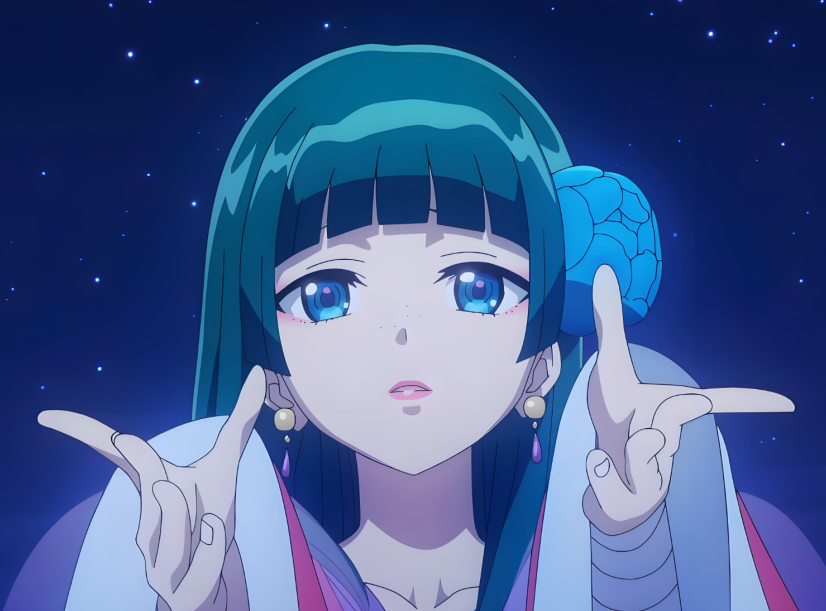
As one of the most popular new characters abroad, Maomao’s mix of brains, values, and charm makes her an unforgettable protagonist.
2. Nicole Wakatsuki
From “The Witch and Her Familiar”
Nicole is the cheerful, energetic childhood friend of the male lead, Morihito. After six years of magical training, she returns to live with him—leading to all kinds of magical mayhem and cozy chaos.
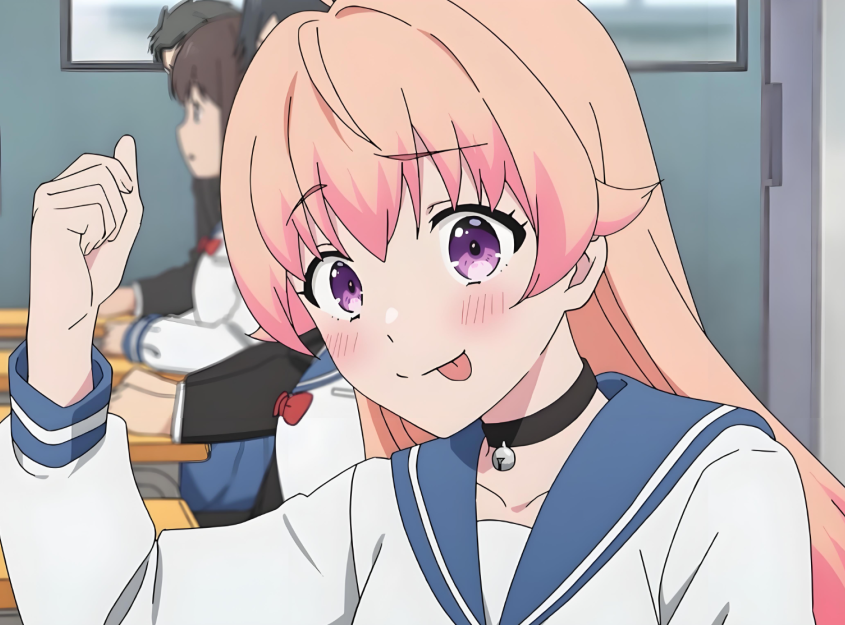
Naïve and clumsy, Nicole is quick to get carried away with praise and tends to act before thinking. With magical gadgets and a never-ending stream of wild ideas, her antics often spiral out of control—leaving Morihito to clean up the mess.
Think Yuno Gasai, but fluffier.
3. Banri Shiunji
From “The Shiunji Siblings”
Banri is the oldest sister in the Shiunji family and a first-year nursing student at a prestigious university. With orange hair, a gentle nature, and a big-sister vibe, she’s adored by both the elderly and her peers.
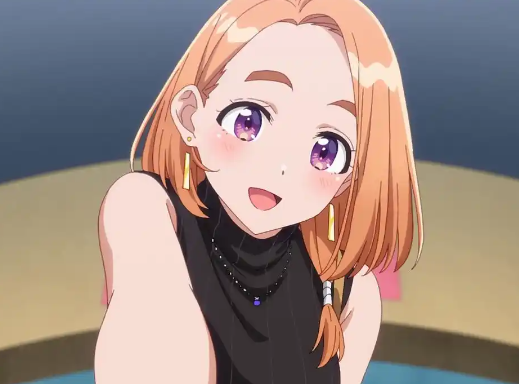
At home, she’s more laid-back and loves teasing her siblings. Despite the mixed biological ties among the Shiunji children, Banri acts as the emotional anchor, helping them grow closer over time.
Your classic cool big sis with a playful side—what’s not to love?
4. Reiko Kujirai
From “Romantic Killer Kowloon”
Reiko works at a real estate company in the dense, chaotic Kowloon Walled City. She’s got an effortlessly cool vibe: stylish short hair, a qipao, a beauty mark under her eye, and a laid-back attitude.
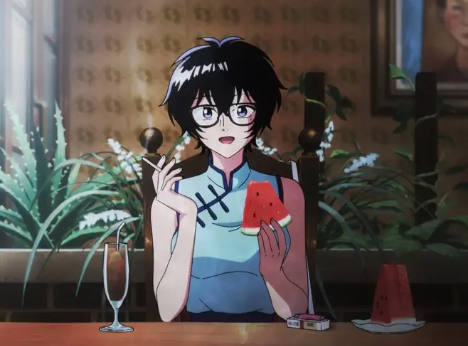
She enjoys watermelon, cigarettes, and exploring new eateries. But beneath her cheerful facade lies a mysterious past and a growing affection for her colleague, Kudou.
Summer + smoky qipao vibes = anime perfection.
Just like Reiko’s effortlessly cool qipao look, many fans find inspiration in detailed anime costumes—from classic styles to the elegant uniforms of Demon Slayer. If you love bringing anime fashion to life, explore authentic Demon Slayer cosplay designed for conventions, photoshoots, or everyday style.
5. Oguri Cap
From “Uma Musume: Grey Cinderella”
With silver-gray hair and a gentle spirit, Oguri Cap is shy and slow to warm up, but she cares deeply for her friends and family. Despite being soft-spoken, she has tremendous stamina and instinct in races.
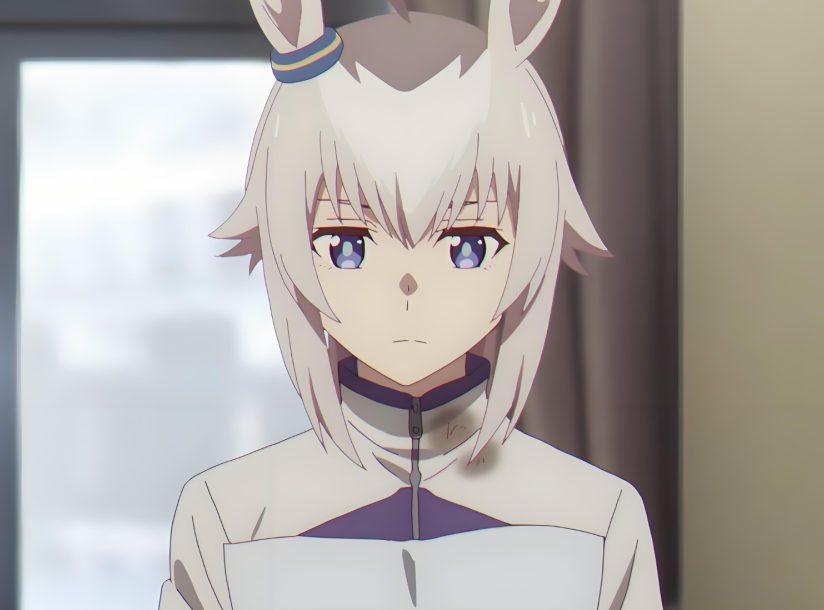
A quiet underdog, she stunned everyone by winning a major commemorative race. She’s also unbeatable in eating contests and never gains weight—a true legend with no noble lineage, just sheer grit.
6. Hinata Inuzuka
From “Can Boys and Girls Just Be Friends?”
Hinata is the classmate of protagonist Yu Natsume and the model student type. Bright, outgoing, and graceful, she’s admired for both brains and beauty.
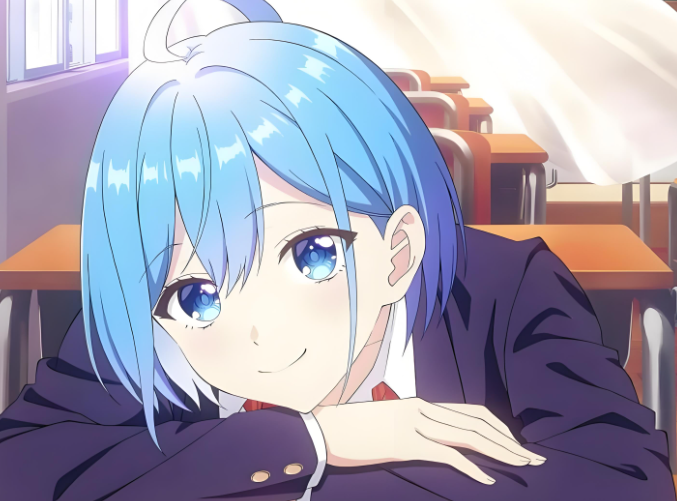
Beneath her ladylike exterior lies a playful side. Though she seems to always be surrounded by smiles and friendship, her romantic life hasn’t been smooth. Her relationship with Yu is getting more complicated—and maybe only she knows the answer to whether boys and girls can really stay just friends.
7. Yuki Sasone
From “The Little Citizens Series”
Yuki is a short, quiet girl with a bob haircut who’s often mistaken for an elementary student. She’s soft-spoken and gentle—but mess with her, and you’ll see her vengeful side.
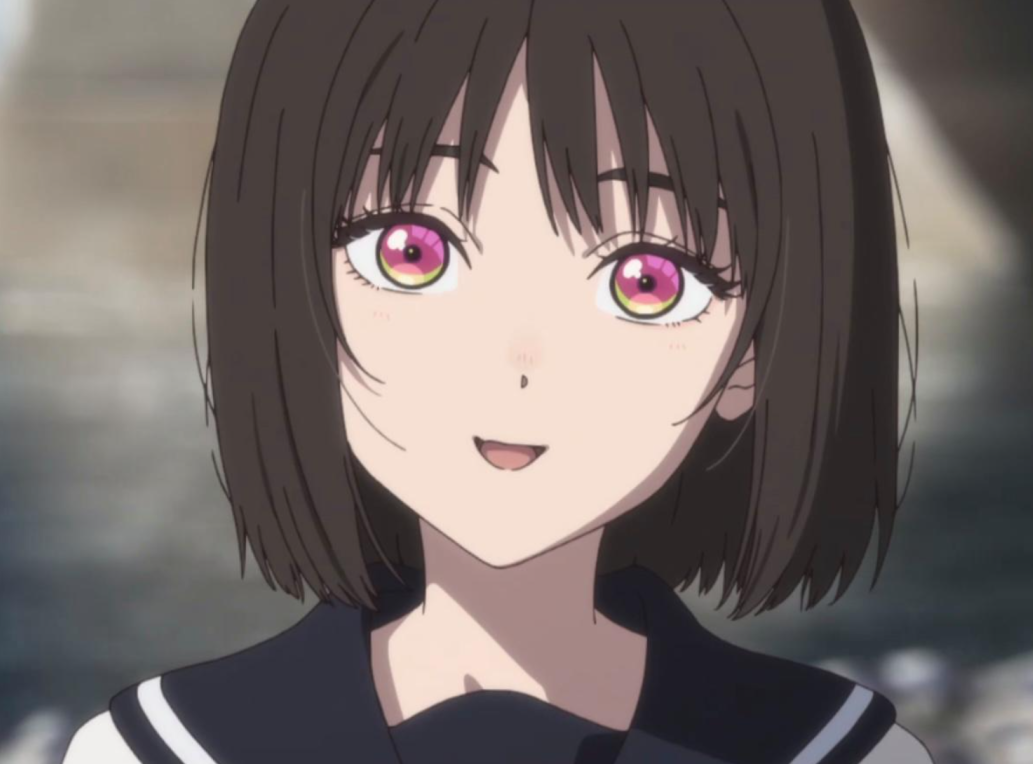
She partners with Kogure to pursue a peaceful, “normal” life while avoiding drama. She’s also a sweets lover with deep knowledge of desserts—a quiet force of sugar-fueled determination.
8. Lilysa Suzunomiya
From “Rock is a Lady’s Hobby”
Lilysa may look like your typical refined rich girl, complete with a gravity-defying ponytail and perfect manners—but deep down, she’s a rock ‘n’ roll rebel.
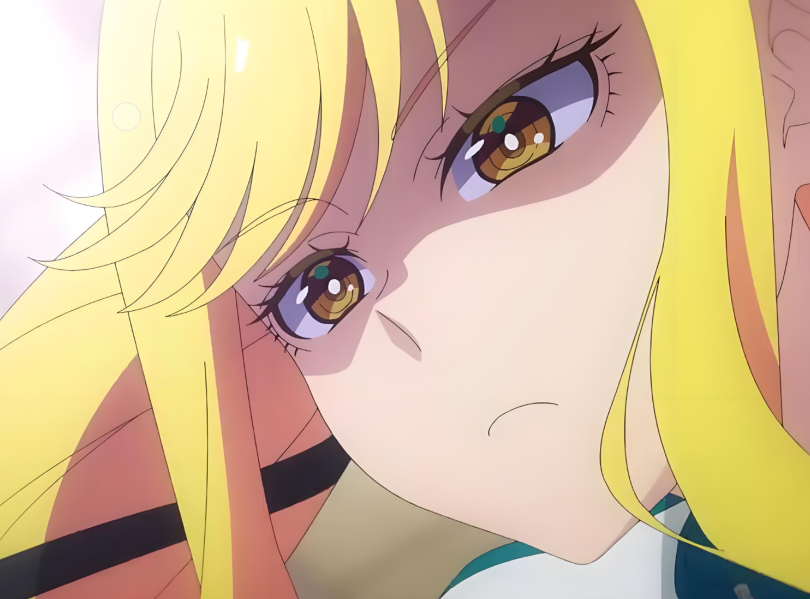
A guitar genius since childhood, Lilysa works hard to uphold her “lady” image at school, even though she yearns for freedom and authenticity. She’s serious about everything she does—but won’t let anyone put her in a box.
8 Anime Girls With Horns
Horned characters in anime aren’t just fierce—they’re often some of the most beloved, mysterious, or powerful girls in their series. Let’s take a closer look at 8 standout horned heroines who’ve captured fans’ hearts!
1. Hanyuu (Higurashi: When They Cry)
Wearing a traditional shrine maiden outfit and sporting twin horns, Hanyuu looks like a typical sweet girl—but she’s actually a deity who’s been around for over 2,600 years. Though she resides in Hinamizawa, only a select few can see her true form. Her greatest love? Cream puffs and anything sweet.
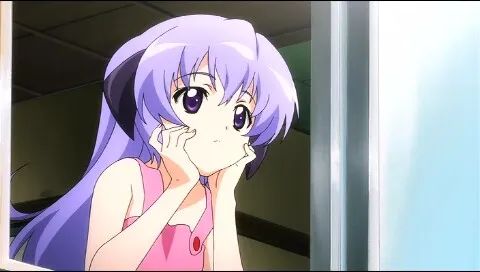
Despite her ancient origins, Hanyuu is timid, apologetic, and fatalistic—believing she’s powerless to change fate except to support Rika’s reincarnations. Still, her time-looping ability (with Rika’s consent) is a key part of the story’s dark twists.
2. Aura (Frieren: Beyond Journey’s End)
Aura, one of the Demon King’s Seven Sages, is a powerful demon known as “Guillotine Aura.” Her signature curved horns and overwhelming magical presence are matched by her arrogance—she sees humans as beneath her.
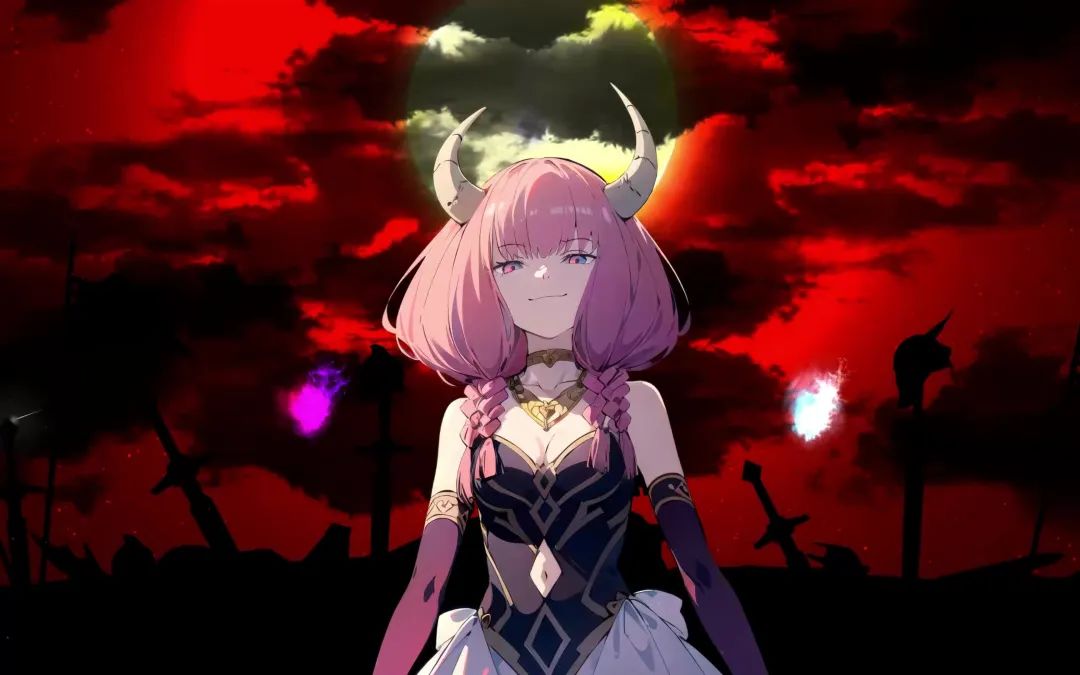
Though she once regained her strength and led an attack 28 years ago, she was ultimately defeated by Frieren, whose sheer magical power forced Aura to use her own obedience magic against herself—leading to her tragic end.
3. Zero Two (DARLING in the FRANXX)
With long pink hair, emerald eyes, and elegant red horns, Zero Two is a striking and mysterious figure. She’s a human-klaxosaur hybrid created from the DNA of the Klaxosaur Princess, and known by her codename: 002.
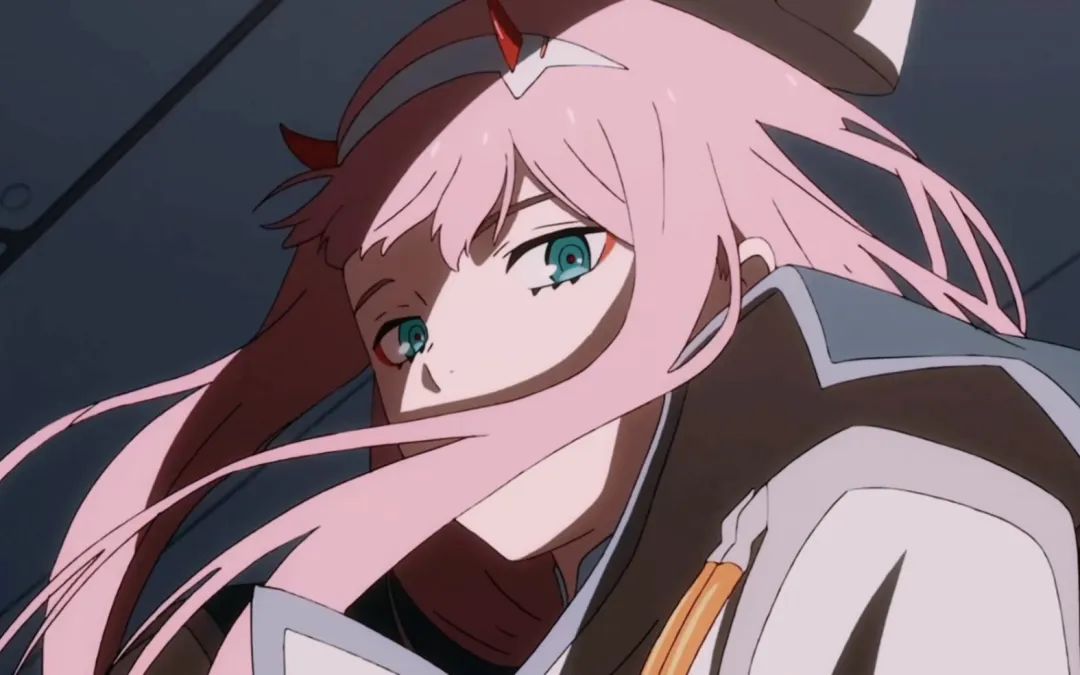
While bubbly and bold on the surface, Zero Two hides a deep inner turmoil. As she gradually loses touch with her humanity, she becomes volatile and even self-destructive—breaking mirrors just to avoid seeing her reflection.
4. Gedoumaru (Gintama)
Gedoumaru is a demon from the Heian era turned shikigami by the Onmyoji family in Gintama. With black hair, crimson eyes, and a massive spiked club, she’s a formidable presence wrapped in a kimono.
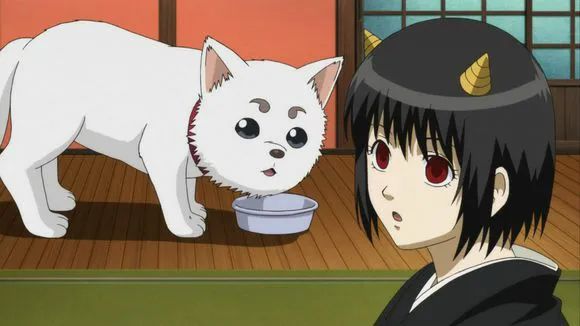
Cunning and manipulative, she uses voice mimicry in battle to confuse enemies. Her portrayal remains consistent in spin-offs, where she retains her demonic weapon and loyal shikigami status.
5. Shuna (That Time I Got Reincarnated as a Slime)
Princess of the ogre tribe and sister to Benimaru, Shuna is elegance and strength wrapped in one. She’s known for her soft pink hair, graceful twin horns, and delicate, doll-like beauty.
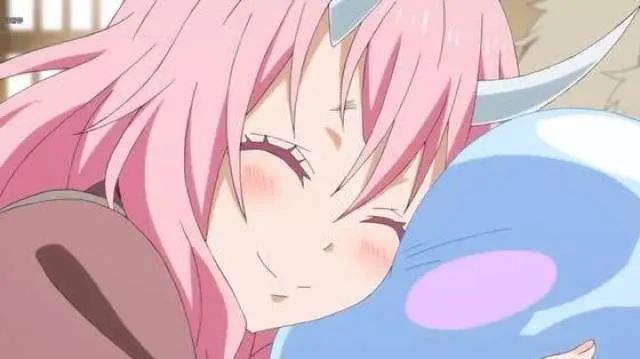
She rarely speaks but expresses herself through action, whether in battle or through her incredible skills in cooking and sewing. Deeply loyal to Rimuru, she maintains a pure and kind heart even after witnessing tragedy.
6. Dead Master: Gold Saw Form (Black★Rock Shooter)
Gold Saw is a fearsome alter ego of Saya, known for her black-and-red hair, bone claws, and enormous sawblade weapon. Her horns curve like a bull’s and glow red at the tips.
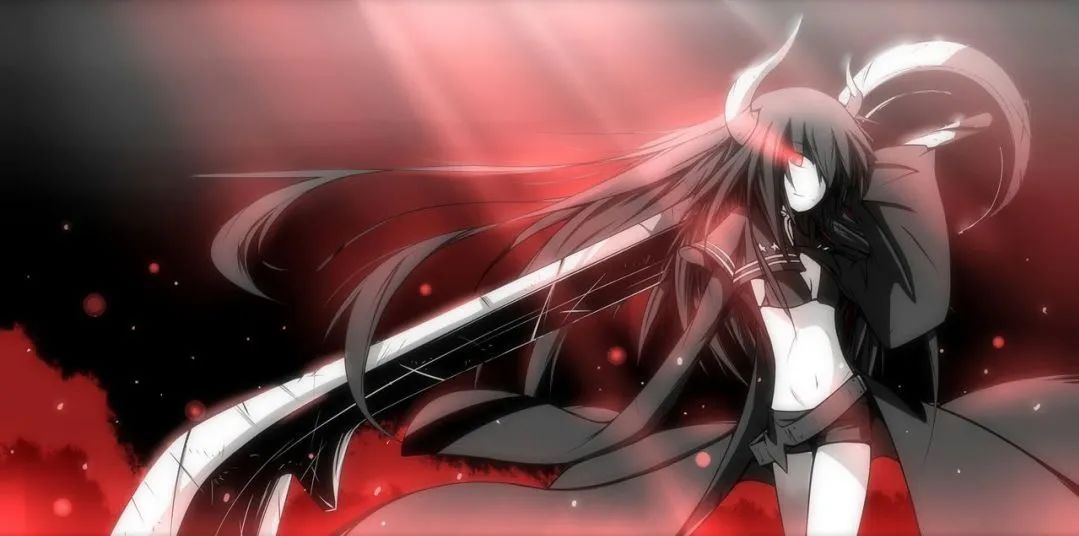
In the “other world,” Gold Saw cultivates dark, cloaked beings symbolizing twisted inner selves. One of her chilling powers is growing lost souls like plants using a cursed watering can—adding a deeply surreal touch to her character.
7. Ririchiyo Shirakiin (Inu x Boku SS)
A refined girl from a powerful family, Ririchiyo has long black-purple hair and snow-white skin. When her demon blood awakens, horns grow from her head—reminders of her yokai heritage.
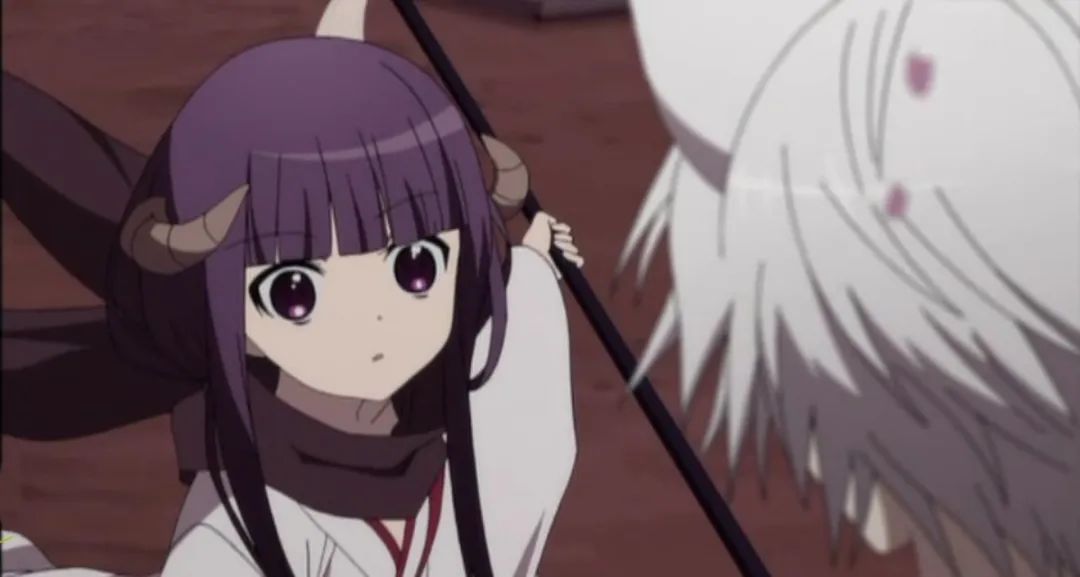
Despite her aloof and often sharp-tongued exterior, Ririchiyo is deeply kind, responsible, and emotionally sensitive. Her demon form is both powerful and elegant, echoing her complex inner self.
8. Ran Mouri (Detective Conan)
Let’s end on a lighter note—sort of. Ran Mouri’s iconic “horn” isn’t a real horn at all… it’s her legendary anime hairstyle! Her gravity-defying bang sticks straight out of her forehead like a unicorn horn, baffling fans (and animators) for years.
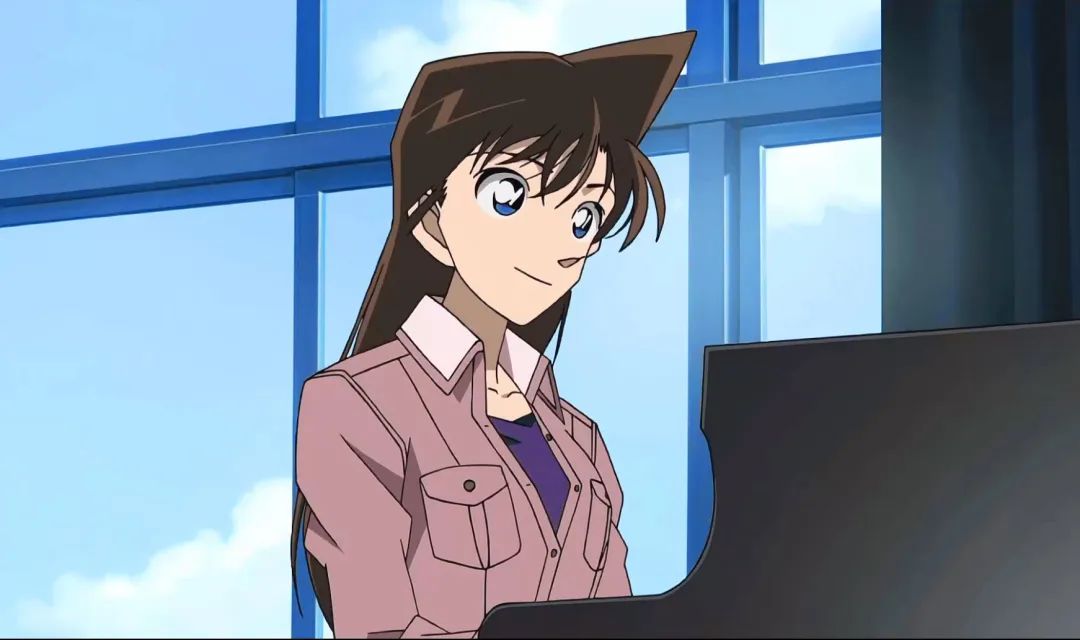
Despite the quirky look, Ran is one of anime’s most grounded female leads—gentle, polite, but also strong and fiercely loyal. Her karate skills are no joke, and she’s saved more than a few lives throughout the series.
The Ultimate Healing (and Haunting) Anime Guide: A Journey into Beautiful Madness
Sometimes, the stories that hurt the most are the ones that heal us the deepest. If you’re ready for an emotional rollercoaster that blurs reality, dreams, and the supernatural, then welcome — to my world.
Perfect Blue
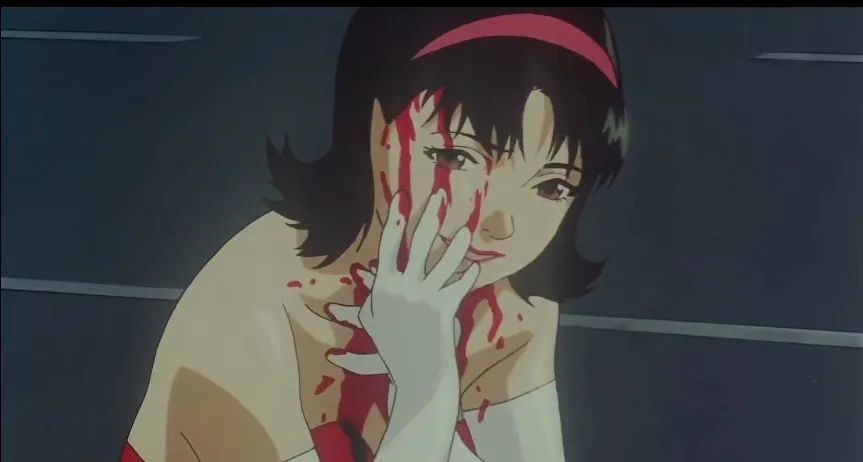
A disbanding idol group. A girl forced to grow up overnight. Mima Kirigoe, once a pop star, now an aspiring actress, is thrust into a world she doesn’t fully understand.
Her first major role? A disturbing and graphic scene that changes everything.
As her fame rises, so does the darkness—people close to her begin to die, and reality starts to fracture. The line between the character she plays, the dreams she has, and the real world begins to blur into one twisted psychological maze.
You’re not just watching Mima descend—you feel yourself sinking into her chaos.
For a film made in 1997, Perfect Blue is way ahead of its time. The editing, the pacing, the score—it’s all near flawless. Though animated, its subject matter and execution hit harder than most live-action thrillers.
Hell Girl
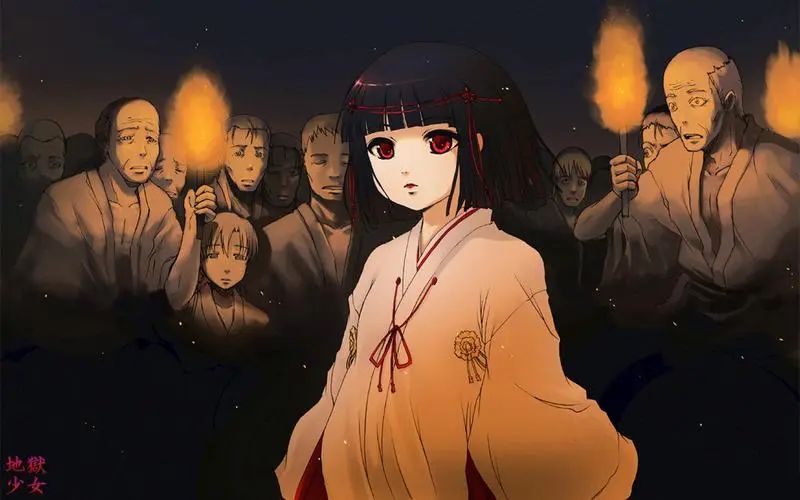
At exactly midnight, you can access “Hell Correspondence.”
There, you can enter the name of someone you hate — and Ai Enma, the mysterious Hell Girl, will drag them straight to hell. The catch? Your own soul is damned too.
Urban legend? Not quite.
As we follow Ai, fragments of her past are gradually revealed. The beauty of this anime lies in its contradiction — stunning visuals and soft, melancholic music wrapped around painfully real themes of revenge, isolation, and despair.
The red spider lilies. The silent creek. Her blood-red eyes that pierce through lies. And her haunting question:
“Even if it means you’ll go to hell, is that okay?”
Tako Pii’s Original Sin
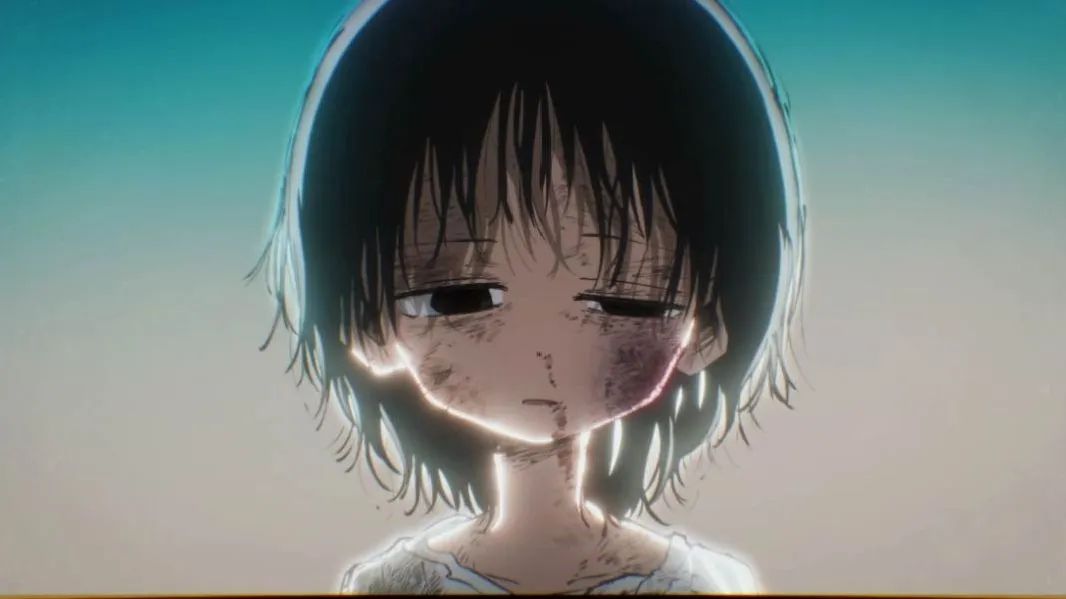
With a deceptively cute art style, Tako Pii’s Original Sin takes you straight into the darkest corners of elementary school classrooms and broken families.
Tako Pii, a kind-hearted alien from the “Happy Planet,” just wants to help 4th-grader Shizuka escape her misery. But every attempt backfires. Eventually, Shizuka borrows one of his gadgets… to hang herself.
Her words echo:
“Even if I could fly in the sky, nothing would change.”
The creaking beam, her mother’s indifferent texting… the atmosphere is suffocating in the most deliberate, heartbreaking way. Innocence crushed by adult neglect — this short story hits hard.
In/Spectre
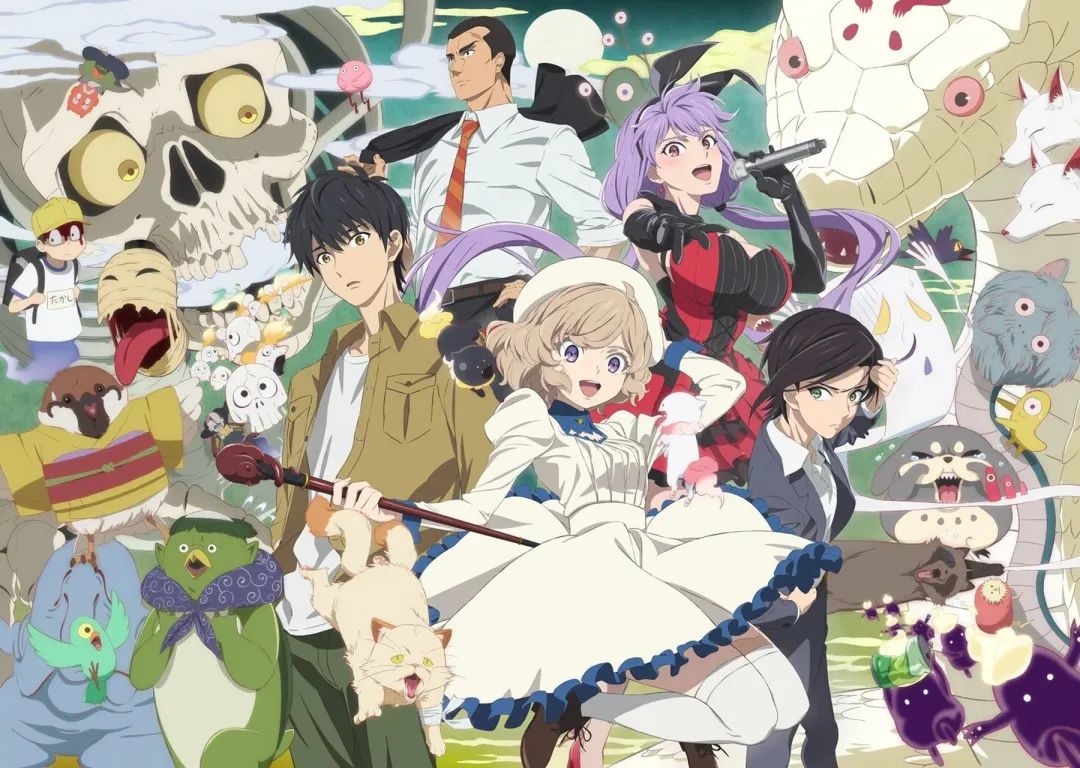
Koto Iwanaga is the “God of Wisdom” for spirits, yokai, and otherworldly beings. But she falls head over heels for Kurou — a man even monsters fear.
This reverse mystery series doesn’t search for the truth, but a believable one. Through layered lies and logic-driven narratives, Koto crafts stories people want to believe — even if they’re not real.
Truth isn’t always absolute; sometimes, it’s the most convincing lie that wins.
Summer Time Rendering
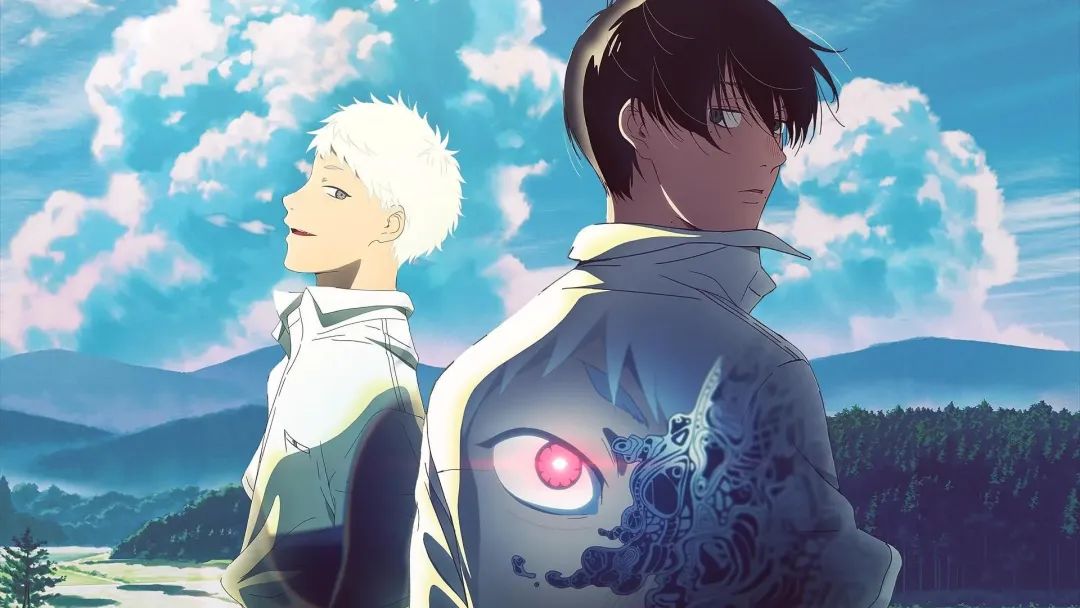
The Dead of Summer — one of 2025’s most talked-about suspense horror anime.
What would you do if your best friend was replaced by something… not quite human?
Shinpei returns home to uncover the mystery behind his friend Ushio’s death — but “Ushio” comes back. Same smile. Same voice. But not the same person. As islanders disappear and shadows move, a terrifying truth emerges.
It’s Invasion of the Body Snatchers meets small-town nostalgia — filled with burning sun, buzzing cicadas, and blood-chilling suspense.
Mieruko-chan
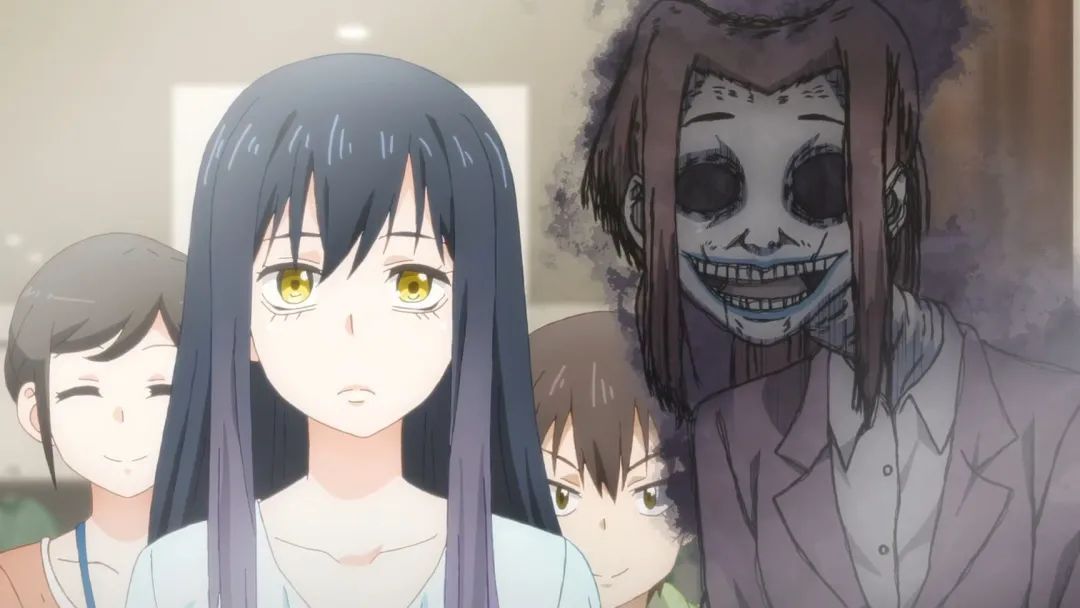
One day, Miko starts seeing grotesque ghosts.
Instead of freaking out or becoming a medium, she… pretends not to notice. Thus begins a horror-comedy that’s equally spine-tingling and oddly comforting.
Mieruko-chan reminds us that ghosts aren’t the only ones burdened by pain. Sometimes, it’s the living that are more terrifying.
Dark Gathering
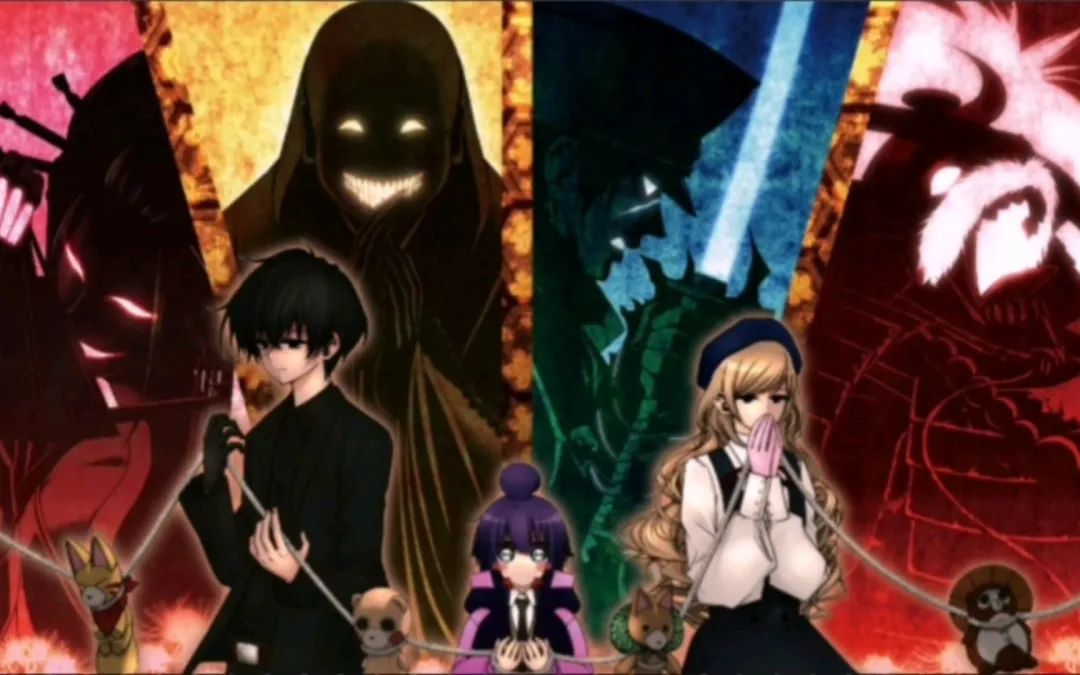
After losing her parents in a car accident, Yayoi is determined to retrieve her mother’s soul, stolen by a vengeful spirit.
Together with Keitaro, a boy cursed with spiritual sensitivity, they embark on ghost-hunting missions that range from tragic to terrifying. This show mixes myth, modern horror, and emotional storytelling with solid pacing — though it leans more into shonen-style team battles later on.
These anime don’t just entertain — they sting, they haunt, they heal. Each world holds up a mirror to our deepest fears and unspoken desires.
If you’re brave enough, step inside.
10 Legendary Anime Masterpieces from Studio BONES That You Need to Watch
Fullmetal Alchemist: Brotherhood
Edward and Alphonse Elric are two brothers who attempt the forbidden act of human transmutation in a desperate bid to bring their mother back to life. The ritual goes horribly wrong—Edward loses his leg, and Alphonse loses his entire body. In a final act of sacrifice, Edward trades his arm to affix Alphonse’s soul to a suit of armor. The brothers then embark on a journey to find the legendary Philosopher’s Stone in hopes of restoring their bodies. Along the way, they uncover dark state secrets and the terrifying truths behind the stone itself.
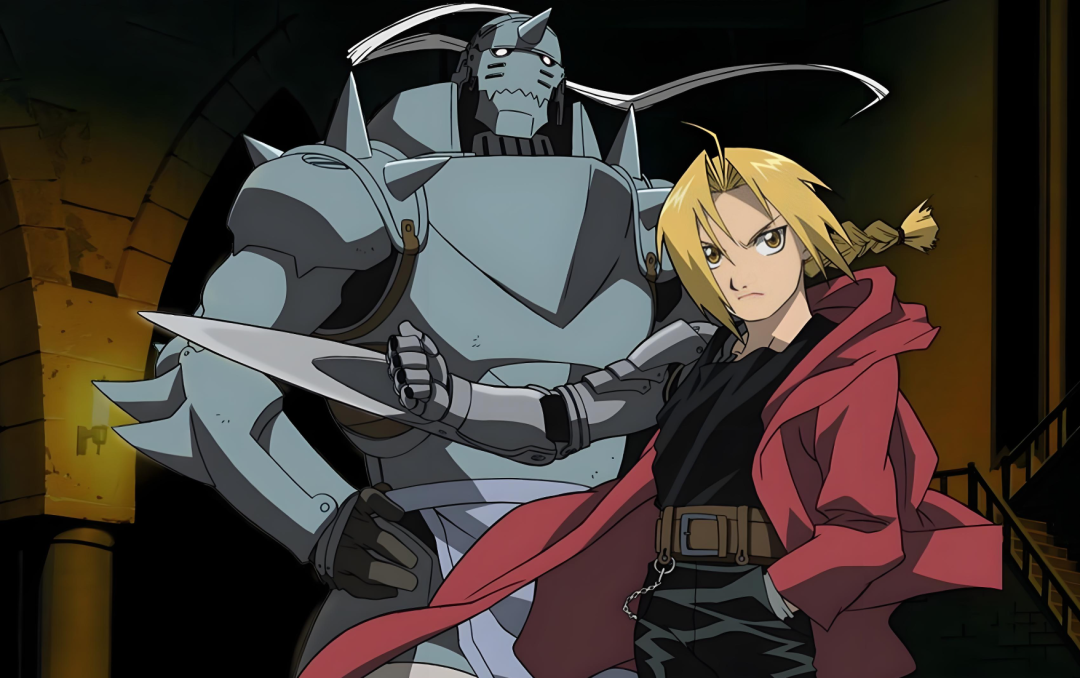
A Relentless Pursuit of Truth and Redemption
Though an older series, its gritty art, dynamic action sequences, deep world-building, and unforgettable characters make it a timeless classic. The emotional resonance is intense—bittersweet and profound. With a soundtrack by Michiru Ōshima and an opening that pierces the soul, this anime leaves a lasting impact. A masterpiece in every sense.
Ouran High School Host Club
Haruhi Fujioka, a bright student from a humble background, earns a scholarship to the elite Ouran Academy. One day, she stumbles into the Host Club—a group of attractive boys who entertain female students—and accidentally breaks an expensive vase. To pay off her debt, Haruhi joins the club, hiding the fact that she’s actually a girl. Thus begins her chaotic, cross-dressing high school life with six eccentric boys.
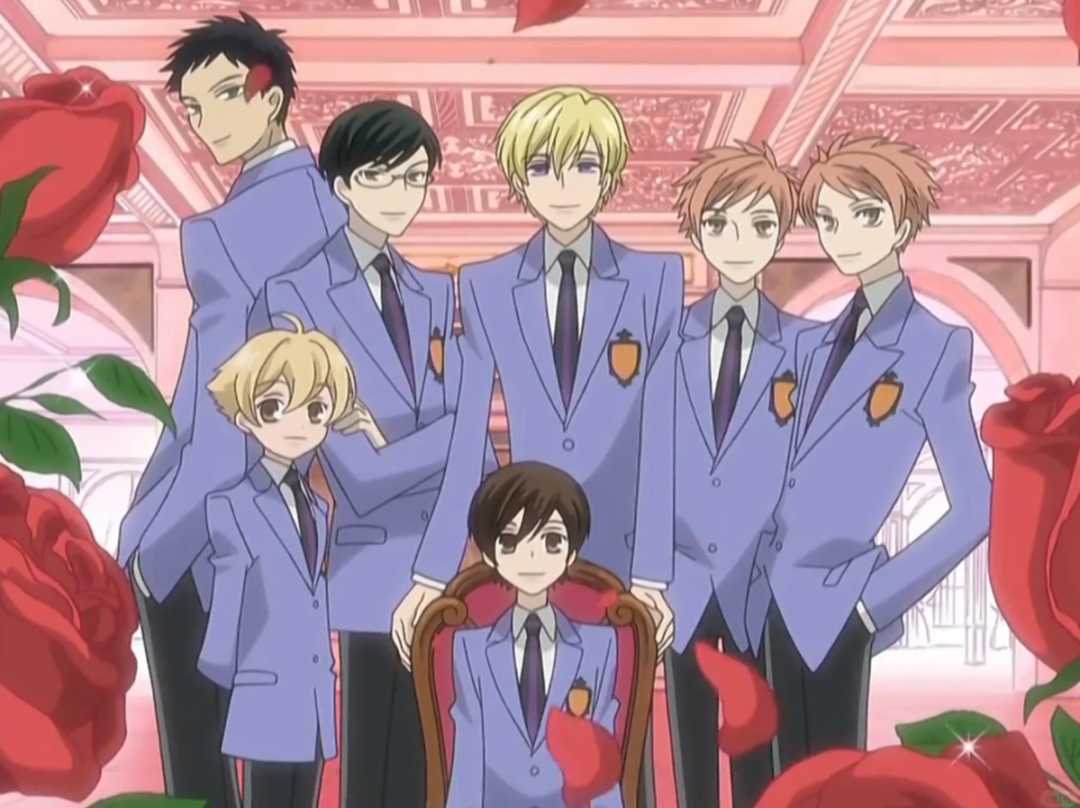
A sparkling rom-com classic. The concept isn’t new—a school club and one female lead—but this series makes everything feel fresh and heartwarming. The humor is sharp, the art is polished (especially for a 2006 anime), and the characters are charming to the core. It’s quirky, hilarious, and heartfelt. Haruhi is still one of the most iconic female leads—stylish even in a boys’ uniform!
Mob Psycho 100
Meet Shigeo “Mob” Kageyama—an awkward, unremarkable middle schooler who’s actually an unbelievably powerful psychic. After an accident in childhood where he hurt his younger brother, Mob suppresses his abilities. But when his emotions hit 100%, all hell breaks loose.
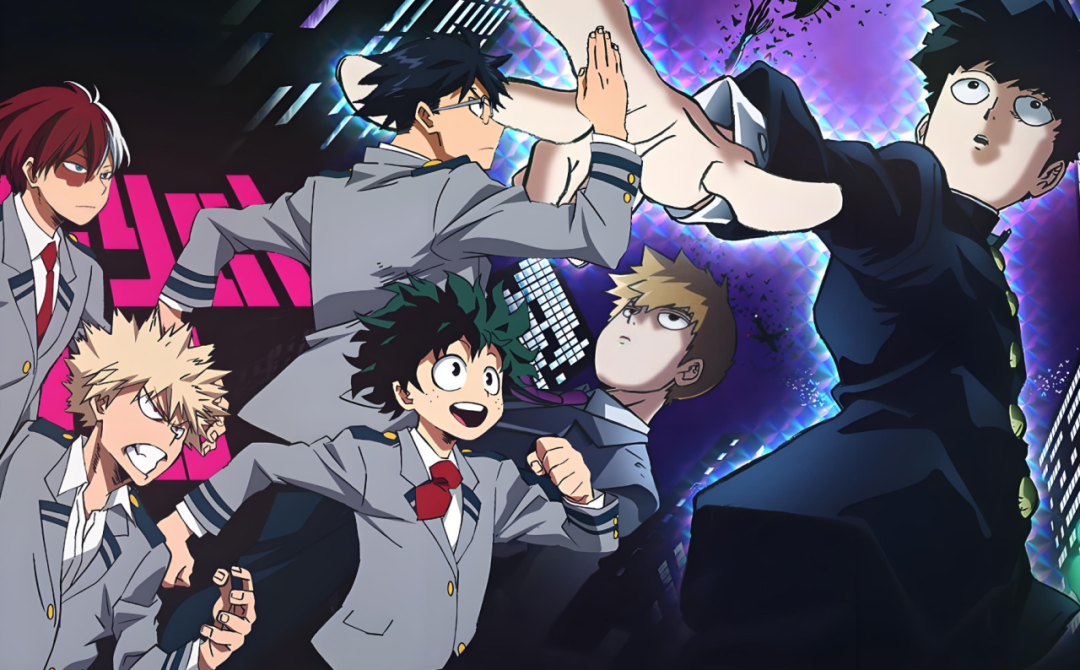
The contrast between Mob’s dull personality and his insane powers is gripping. Based on the manga by ONE (of One Punch Man fame), the anime retains the unique art style, but enhances it with incredible animation, humor, and heart. Every episode is a wild emotional ride. Pure genius.
Eureka Seven
Renton, the son of a legendary hero, dreams of joining a sky-surfing rebel group called Gekkostate. His life changes forever when he meets Eureka, a mysterious girl pursued by the military. His decision to help her sets him on a path of danger, growth, and love.
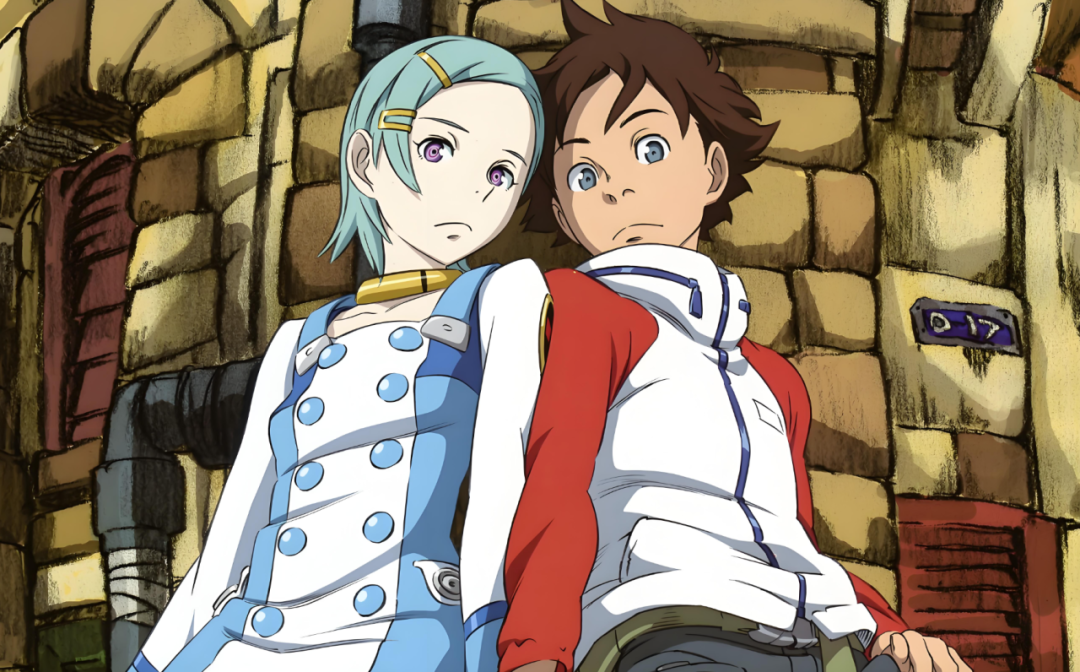
This isn’t your average mecha show. It’s a coming-of-age story wrapped in sci-fi. Renton and Eureka’s evolving relationship is moving and beautifully handled. The series explores love, sacrifice, and what it truly means to grow up. A hidden gem for romantics and idealists.
Bungou Stray Dogs
After being kicked out of his orphanage, Atsushi Nakajima is saved by a strange man named Dazai, a member of the Armed Detective Agency. Together, they investigate a mysterious tiger plaguing the city. What follows is a wild blend of supernatural powers, literary allusions, and intense battles.
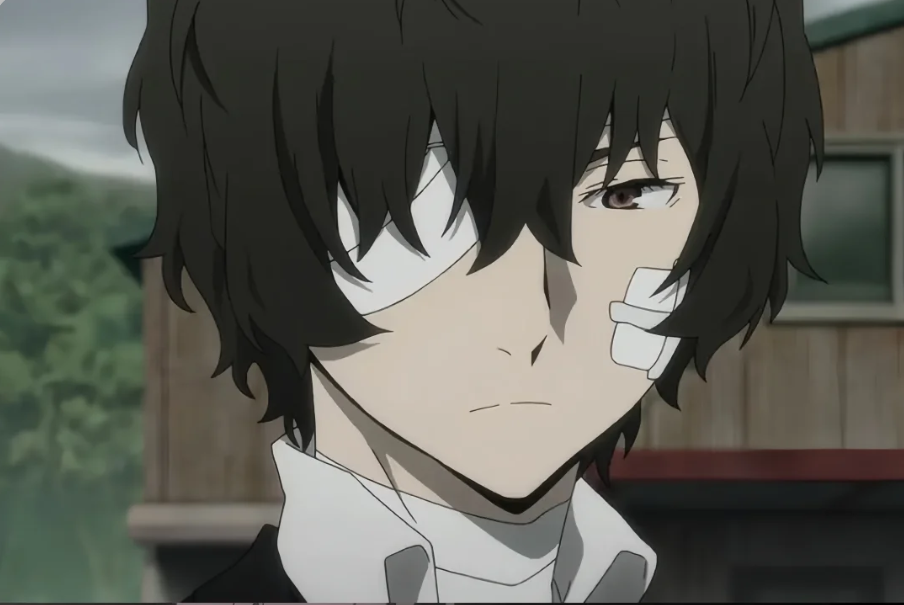
The show creatively blends classic literature with stylish action. The animation is top-tier, and the voice cast is phenomenal. From OP to ED, everything is polished and purposeful. A visual and intellectual feast.
Darker than Black
A mysterious phenomenon creates a wall in Tokyo called Hell’s Gate, and with it, the rise of superpowered humans called Contractors. These individuals wield incredible abilities—but at a steep personal cost. Hei, a mysterious operative, searches for his missing sister and the truth behind the Gate, all while being labeled the “Black Reaper.”
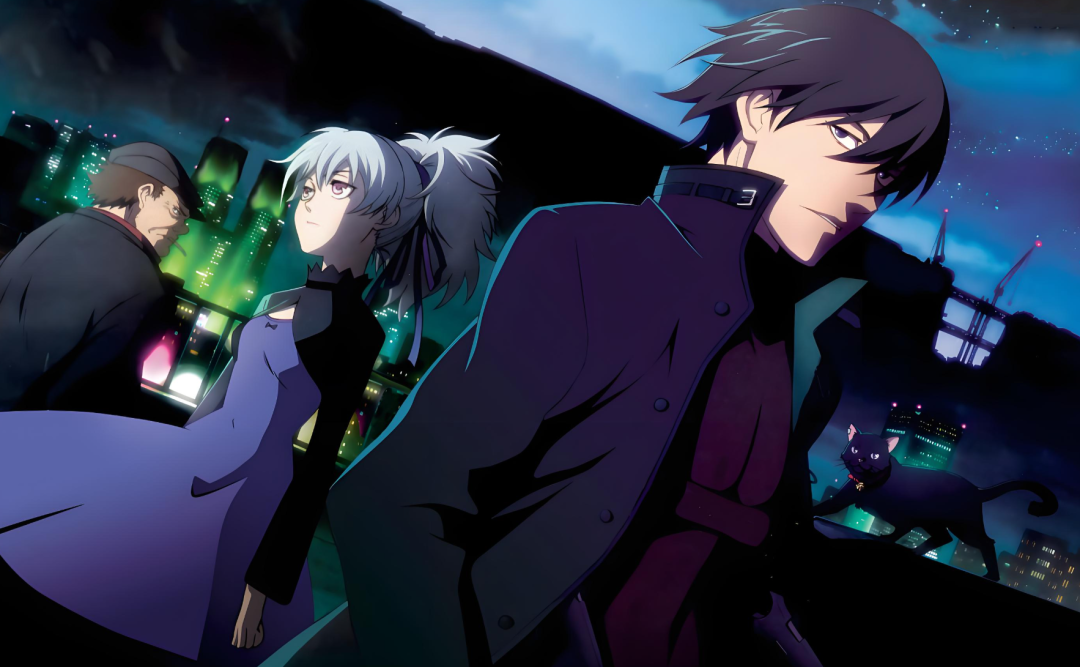
A dark, cerebral thriller with philosophical depth. What does it mean to sacrifice humanity for power? With noir-style ambiance, haunting music (shoutout to Tsuki Akari), and layered characters, this 2007 classic still resonates.
Tokyo Magnitude 8.0
Middle schooler Mirai and her little brother Yuuki are visiting a robot exhibition when a devastating earthquake strikes Tokyo. On their journey home, they’re joined by motorcyclist Mari, and the trio must navigate the ruins of a collapsing city.
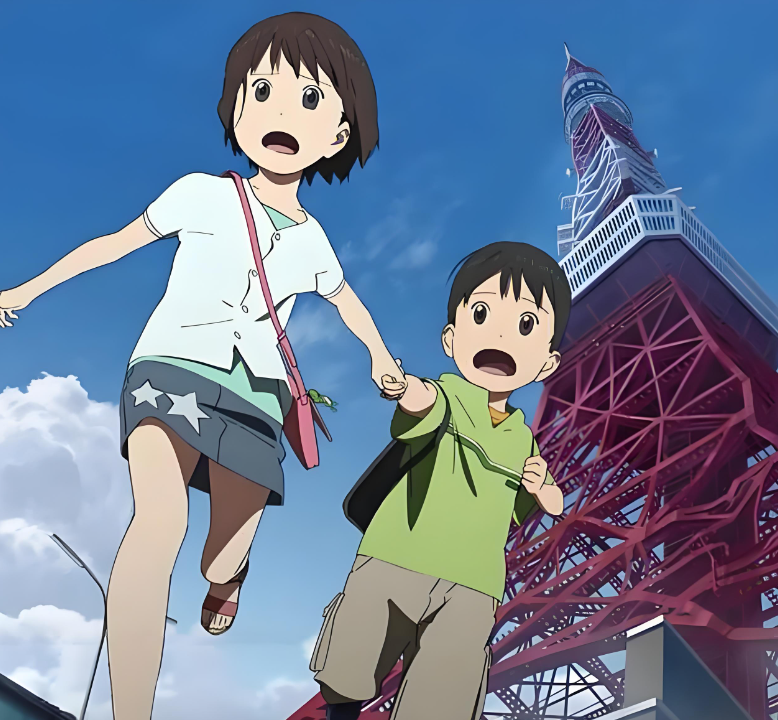
This underrated anime feels like a heartfelt documentary. It captures the fear, love, and raw emotion of disaster. Mirai’s character growth from a rebellious teen to a responsible sister is portrayed with subtlety and grace. Every scene is hand-drawn with realistic detail. An emotional journey worth every minute.
Noragami
Yato is a minor deity with no shrine, taking odd jobs for 5 yen just to get by. He meets Hiyori, a schoolgirl who becomes spiritually unstable after saving him from an accident. Together, they face off against phantoms and divine politics in a world where gods are just trying to get by.
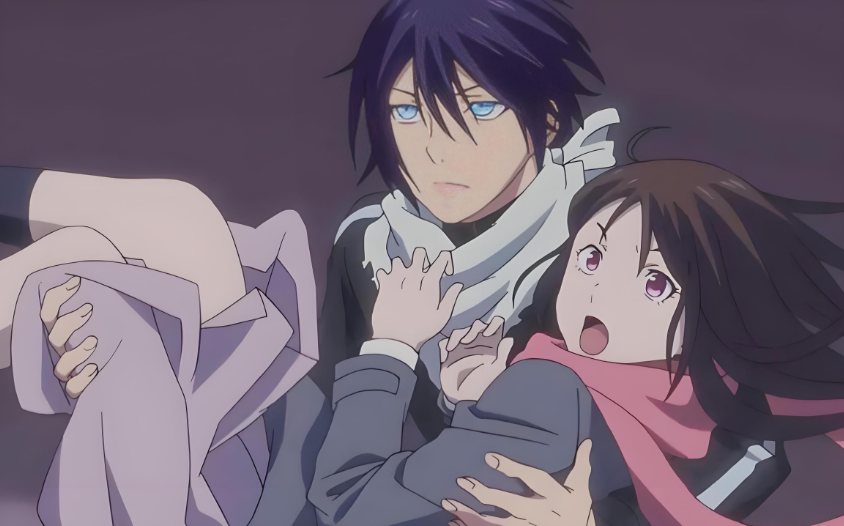
A unique blend of fantasy, action, and humor, Noragami critiques modern work culture through divine metaphors. Yato’s comedic charm and Hiyori’s strength make them an unforgettable duo. The art is crisp, and the soundtrack by Hiroyuki Sawano adds emotional weight.
Blood Blockade Battlefront
Set in the surreal city of Hellsalem’s Lot—where a dimensional rift has opened, merging humans and monsters—this action-packed anime follows Leo, a boy with the “All-Seeing Eyes of the Gods,” as he joins a secret society fighting crime and chaos.
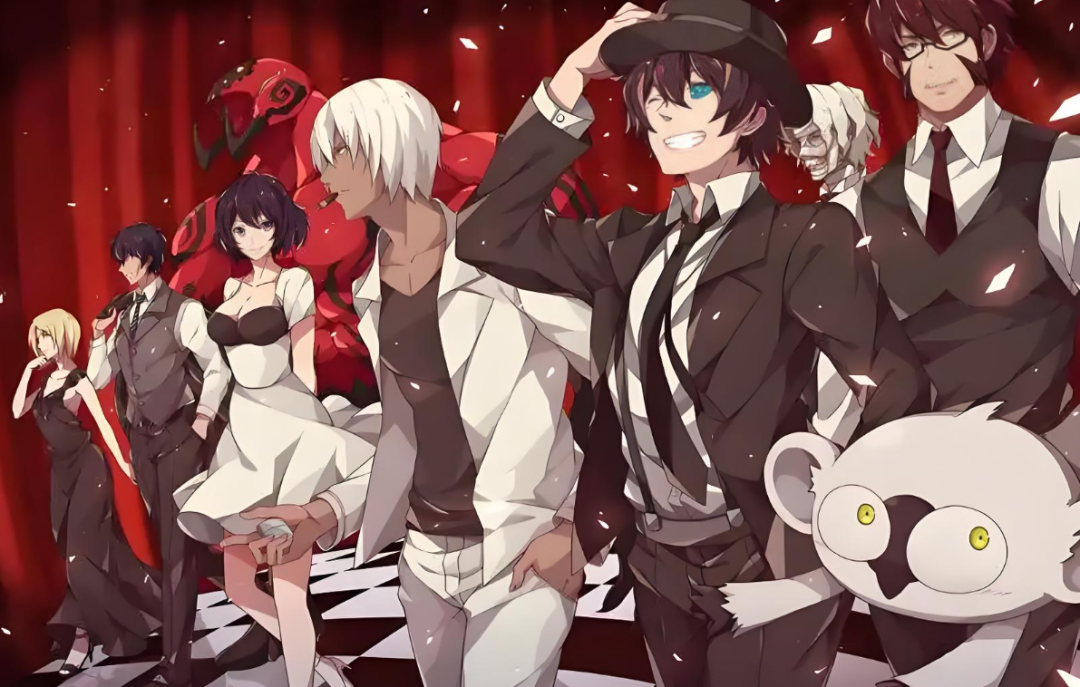
A thrilling mix of sci-fi, fantasy, and detective noir. Its stylish visuals, offbeat humor, and explosive fight scenes keep you hooked. Leo’s journey from an ordinary boy to a hero is moving and inspiring. This one’s a chaotic, beautiful mess—in the best way.
When Books Become Screens: Why Some Adaptations Fail and Others Shine
Whether it’s a novel being turned into a movie or a game or manga adapted into anime, changes to the original work are almost inevitable. A perfectly faithful adaptation is extremely rare—and understandably so. After all, every medium has its own storytelling strengths.
Novels tend to focus on building atmosphere and exploring characters’ internal thoughts. For example, a fight scene in a novel may involve pages of emotional buildup, delving deep into the protagonist’s mindset. The action itself is often left to the reader’s imagination. In contrast, film and anime prioritize visual storytelling—action, choreography, and cinematic flair. You can’t exactly pause an anime fight to display a paragraph of inner monologue!
In that sense, novels, games, and anime can complement each other beautifully. That’s why most fans don’t mind adaptations—in fact, seeing beloved characters come to life on screen is often thrilling. But this brings us to the core issue: how faithful should an adaptation be?
Personally, I don’t believe fans are opposed to change itself. A well-done adaptation, even with differences, feels like discovering a whole new layer of the story. What we truly oppose are butchered adaptations—ones that gut the spirit of the original or rewrite it beyond recognition. These not only disappoint loyal fans but also confuse and alienate new audiences.
Take the anime adaptation of Rewrite, for example. It’s a textbook case of what can go wrong when an adaptation is both overly censored and radically altered.
The original Rewrite visual novel is often considered a masterpiece. In contrast, the anime feels like a messy jumble of disconnected scenes. New viewers are left bewildered, wondering what the plot even is, while fans of the game can’t help but scream in frustration: “How did you manage to remove all the good parts and keep only the worst?!”
The original game featured multiple distinct storylines—routes for characters like Kotori, Chihaya, and Akane. Each of them could’ve easily stood alone as its own anime. But instead of respecting that structure, the anime crammed everything into a single chaotic narrative. The result? Characters behave inconsistently, plot transitions feel forced, and the emotional beats fall flat. At times, you’re left wondering: whose side is Kotarou even on?
By comparison, look at how Fate/stay night handled things.
That series also began as a game with multiple routes. But the anime adaptations were done smartly: Fate/stay night focused solely on Saber’s storyline, giving her the spotlight she deserved. Rin’s story came later in Unlimited Blade Works, fleshing out her tsundere charm and the complex dynamic with Shirou. Finally, the Heaven’s Feel route was turned into a cinematic trilogy, delivering emotional depth and a fresh perspective. Each route got its own breathing room, yet the whole narrative remained interconnected and cohesive.
The Rewrite anime, on the other hand, was a missed opportunity. It never quite captured the heart of the original, and because of that, it never gained much traction. A gem of a story ended up buried under poor execution. If you ever get the chance, I highly recommend playing the original game—it’s worth it, even if you follow a walkthrough.
To wrap things up, here’s my favorite girl from Rewrite, Kotori, to bring some healing vibes:
When Anime Characters Gain (or Lose) Weight… The Transformations Are Shocking!
In the world of anime, characters are known for their iconic looks—but sometimes, those looks change drastically. Whether it’s due to life events, emotional trauma, or just seasonal fluctuations, some characters undergo body transformations that leave fans stunned. Let’s take a closer look at some of the most dramatic fat vs. skinny character contrasts in anime!
Taro Sakamoto
From: Sakamoto Days

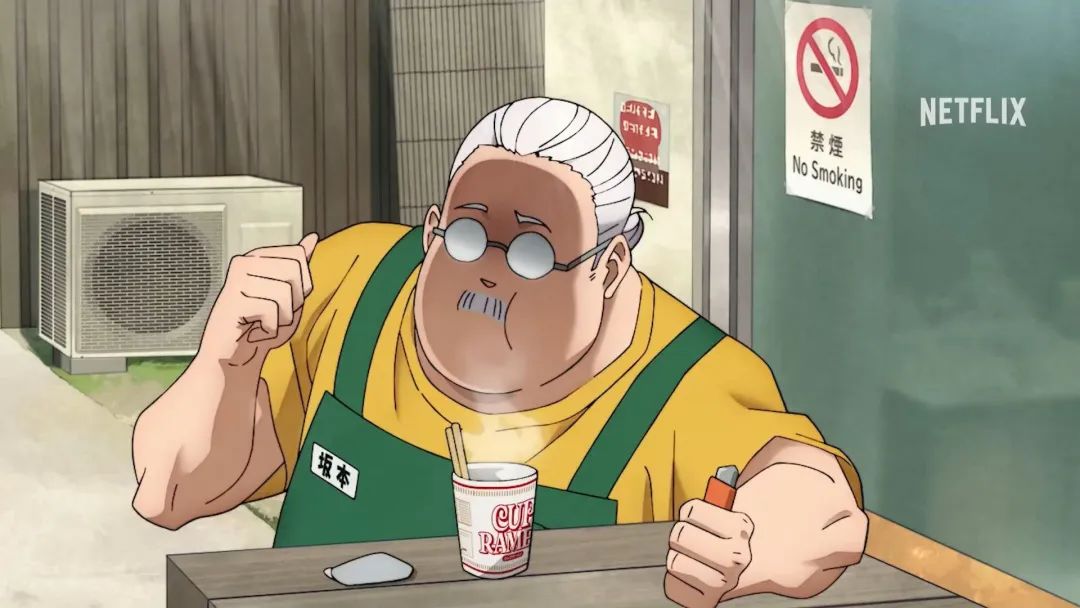
Once known as the most feared and respected hitman, Taro Sakamoto was a living legend. Criminals trembled at the mention of his name, and fellow assassins idolized him. But everything changed when…
He fell in love.
He got married, settled down, and became a father. With a peaceful life came a little extra weight—and the once sleek and deadly Sakamoto became, well, a lot rounder.
But don’t let appearances fool you—he may look like a friendly shopkeeper now, but his skills are still razor-sharp. Underneath the dad bod is the same elite assassin, now fiercely protecting his family in everyday life. His story proves that even a chubby dad can be an unstoppable force when it counts.
Choji Akimichi
From: Naruto
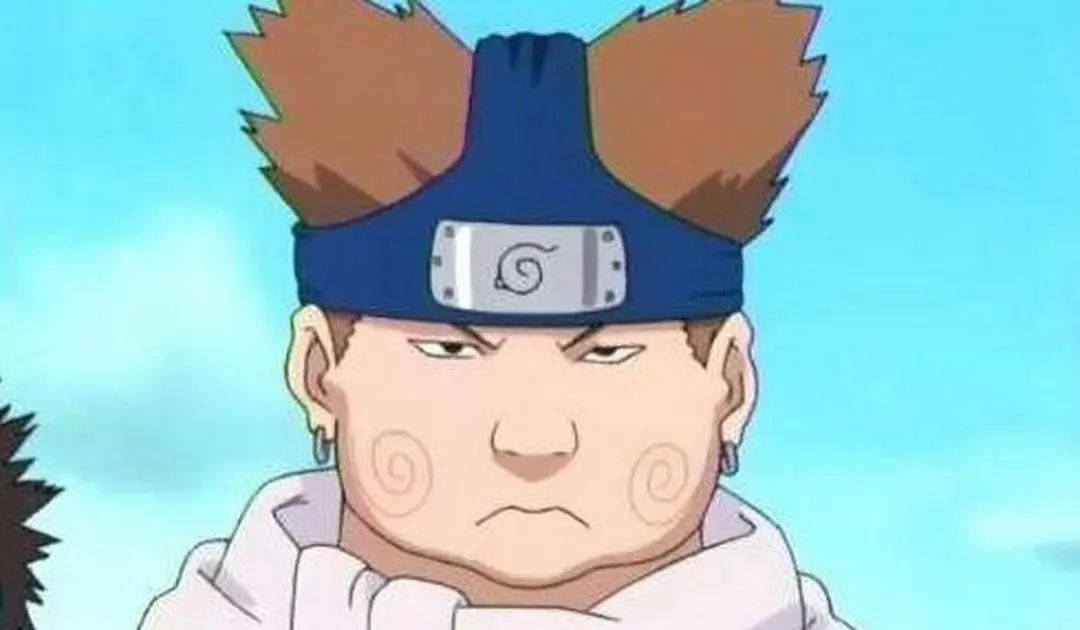

Choji is a sweet, kind-hearted ninja who values friendship and food in equal measure. He’s easygoing and gentle—but call him the “F word” (fat), and you’re in serious trouble. His shirt even proudly displays the character for “food”—a statement of love and identity.
Despite his size, Choji is a powerful shinobi, and his body isn’t just for show. He comes from a clan that uses their weight as part of their combat technique. In Naruto Shippuden, his outfit gets a more armored upgrade, and his silhouette shifts from “chubby” to “muscular tank”—all while keeping his signature snack bag in hand.
Kae Serinuma
From: Kiss Him, Not Me
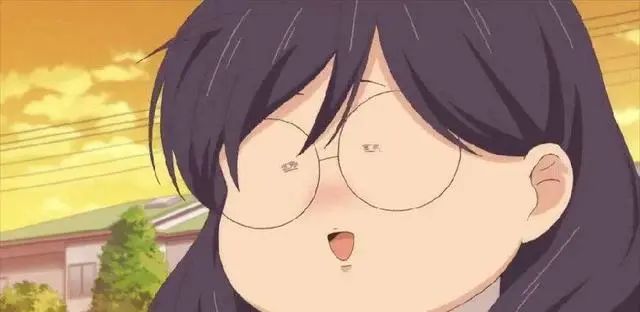
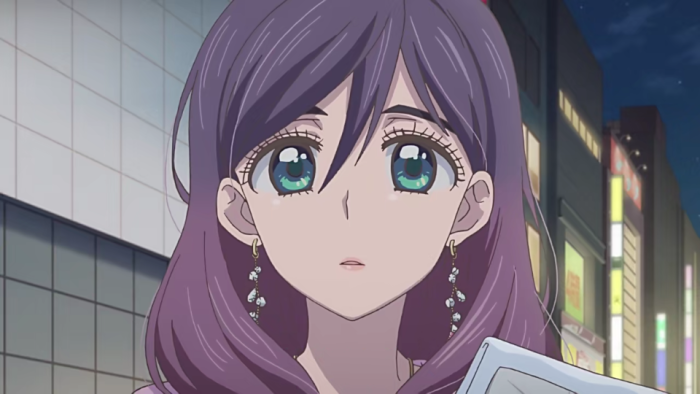
Kae is a hardcore fujoshi—a BL fangirl who spends more time fantasizing about fictional guys than engaging with the real ones. She starts the series as an overweight high school girl, but everything changes when her favorite anime character dies. The grief causes her to stop eating, and within a week, she transforms into a slender beauty.
Suddenly, all the boys at school are into her. But Kae remains the same eccentric, anime-loving girl underneath, which creates a hilarious contrast between her outer appearance and her inner world. She just wants to be friends with everyone—romance is the last thing on her mind!
King (Harlequin)
From: The Seven Deadly Sins
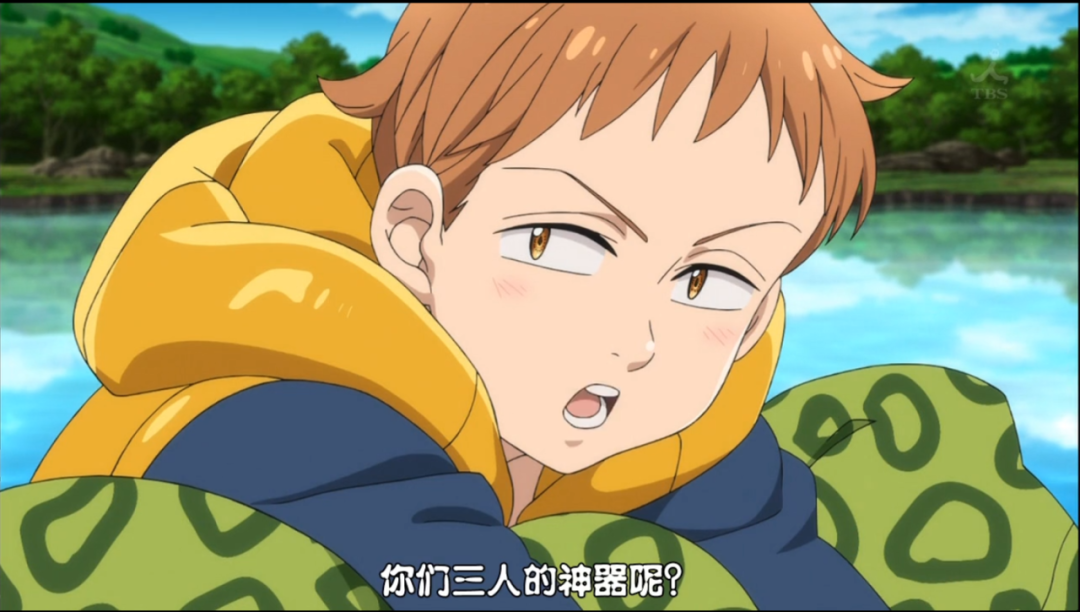
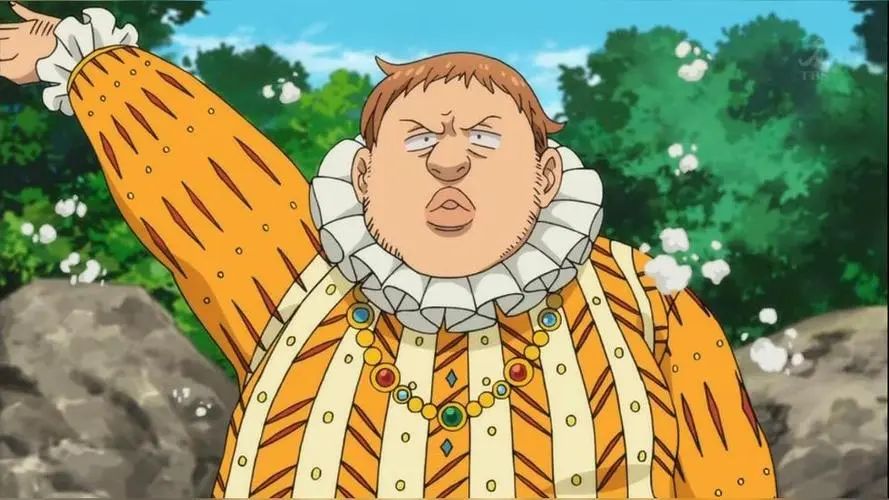
King, the Fairy King, may look like a lazy kid most of the time, but don’t be fooled. When he’s not in his youthful form, he transforms into an older, heavier version of himself—complete with thick lips, facial hair, and a slightly funky smell.
After passing the trial of the Sacred Tree, King grows wings and takes on a new, elegant appearance with butterfly-like wings and a confident demeanor. His transformation symbolizes emotional growth and unlocked power—but it’s quite the glow-up!
Kirio Hikifune
From: Bleach
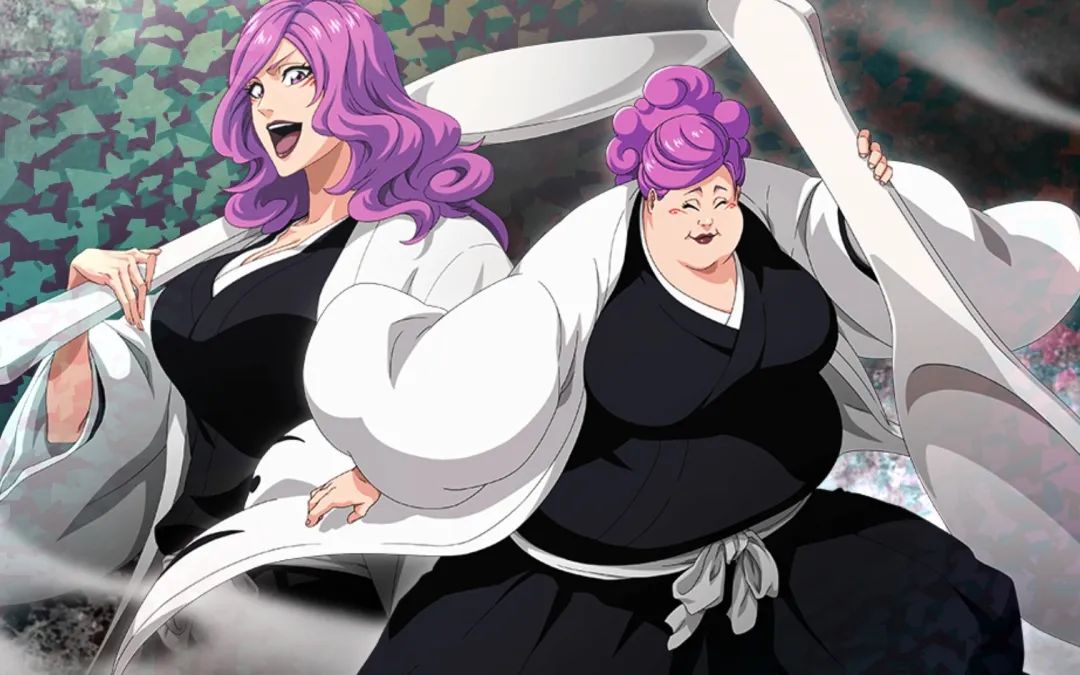
Kirio is a member of the Royal Guard and the matron of the “Palace of the Womb.” At first glance, she’s a plump, cheerful woman with a warm smile and a love for food. But don’t underestimate her.
She explains that her body accumulates massive energy reserves to sustain her spiritual pressure. When she burns through that energy, she sheds the weight—revealing a stunning, slim figure with flowing purple hair and a curvaceous body that stuns even Ichigo and Renji.
Tamako Inada
From: Silver Spoon
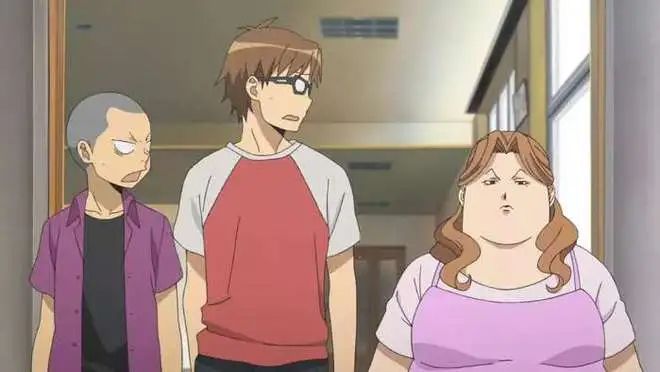
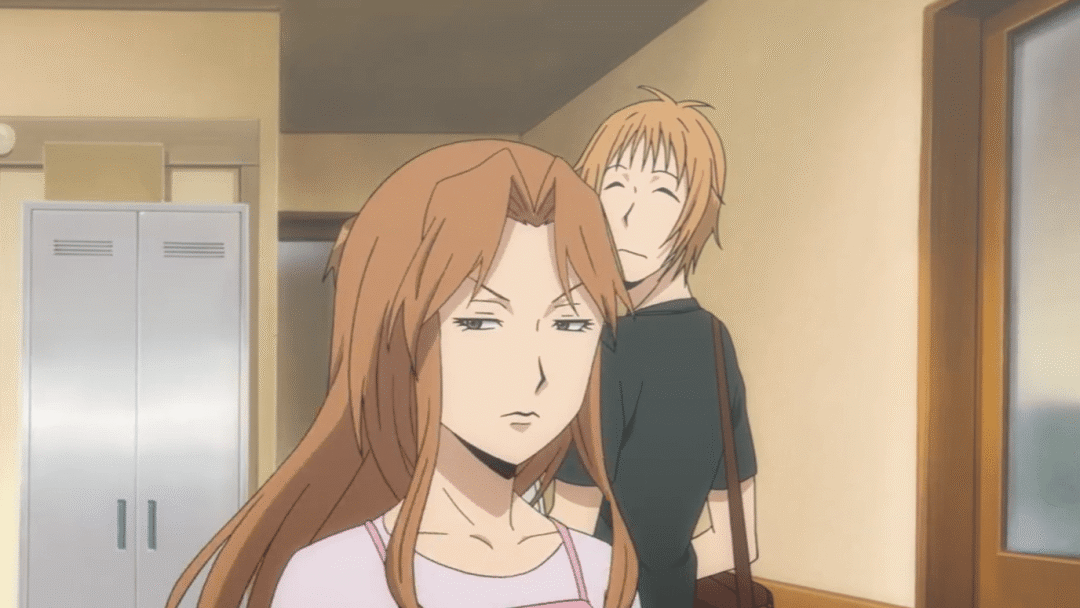
Tamako is often overlooked by her classmates due to her plump, egg-shaped figure. But those who really look can see her beauty—her skin, features, and even her hair are all top-tier.
Despite her size, Tamako is an excellent athlete. After a bout of heat exhaustion in the summer, she slims down dramatically, leading one classmate to mistakenly think she’s a completely different person. This seasonal shape-shifting becomes something of a running gag.
Isami Aldini
From: Food Wars!
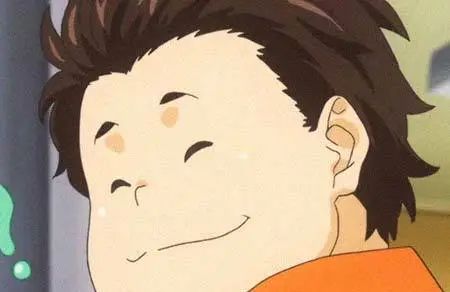
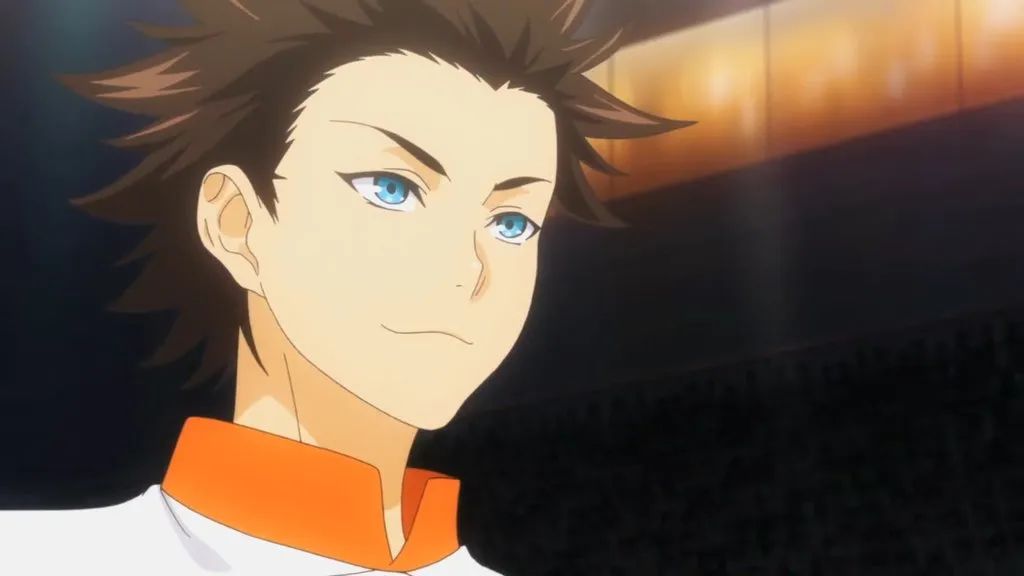
Isami is the younger twin brother of Takumi and a fellow culinary student. He’s tall and stocky most of the year, but his body naturally slims down during the summer—revealing a surprisingly dashing and cool appearance that shocks everyone, even his brother’s rivals.
Come winter, though, he returns to his rounder, mushroom-faced self. It’s almost like watching two completely different characters in one body, depending on the time of year!
Whether it’s caused by love, loss, food, or seasonal changes, body transformations in anime always surprise us—sometimes with humor, sometimes with shock, and sometimes with heartwarming growth. These characters remind us that appearance is just one layer of identity. Whether fat or thin, their core personality and inner strength remain the same.
Which transformation shocked you the most?